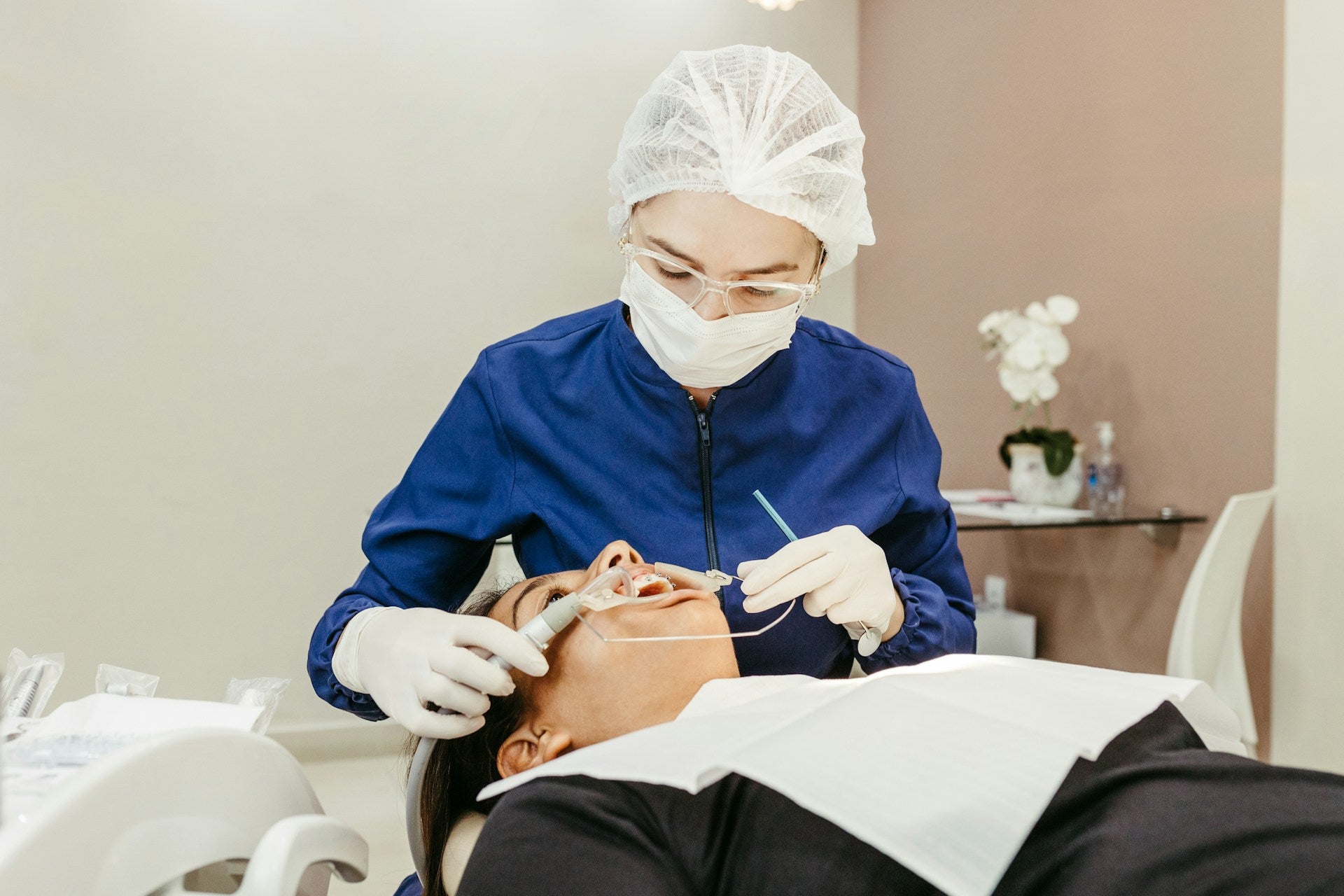

· By Trevor Horne
Maximizing Patient Satisfaction with Ergonomics: Saddle Stools' Role in Modern Healthcare
The attention devoted to patient experience in modern healthcare settings has never been higher. While providers strive to deliver top-quality care, they must also ensure that patients feel comfortable and reassured during treatment.
A crucial yet sometimes overlooked aspect of creating a positive patient experience is enhancing healthcare professionals' comfort and efficiency through ergonomics. Among its various applications, ergonomic seating solutions such as Saddle Stools have emerged as a game-changing tool that healthcare professionals can utilize to improve patient satisfaction across numerous disciplines.
In this in-depth guide, we will explore the connection between healthcare provider comfort and patient satisfaction and delve into how Saddle Stools can help streamline workflow, enhance patient interaction, and create a more reassuring and comfortable environment for patients. By showcasing examples of improved patient experience through the use of Saddle Stools across a diverse range of healthcare disciplines, we aim to demonstrate their considerable potential in positively impacting patient outcomes.
Additionally, we will provide practical tips for healthcare professionals to leverage the benefits of Saddle Stools in their daily patient interactions and guide them in selecting the right ergonomic seating solution for their healthcare practice.
The Link Between Healthcare Provider Comfort and Patient Satisfaction
A key factor in maximizing patient satisfaction is ensuring that healthcare professionals are comfortable and efficient in their working environment. When providers experience discomfort, it becomes increasingly challenging to maintain the level of focus and empathy required for delivering exceptional patient care.
Ergonomics comes into play here, as it aims to design the work environment to fit healthcare professionals' needs, supporting their physical well-being and enabling better patient interaction. Saddle Stools, with their unique ergonomic design, can greatly influence healthcare professionals' comfort, which in turn directly translates into an improved patient experience.
How Saddle Stools Streamline Healthcare Professionals' Workflow and Enhance Patient Interaction
By prioritizing ergonomics, Saddle Stools have the potential to significantly impact practitioners' workflow and patient interactions in various ways:
- Greater mobility: Saddle Stools allow healthcare professionals to move around their workspace with ease, enabling better access to patients, tools, and equipment while fostering smoother communication.
- Improved posture: The unique saddle-shaped seat encourages better spinal alignment, allowing professionals to maintain a comfortable and relaxed posture during patient engagements.
- Reduced fatigue: By reducing physical discomfort, Saddle Stools help prevent practitioners from experiencing fatigue during long working hours, resulting in better focus and more genuine patient interactions.
The Role of Ergonomics in Creating a Reassuring and Comfortable Environment for Patients
Ergonomic seating solutions like Saddle Stools not only benefit healthcare professionals but also play a crucial role in creating a patient-centric environment:
- A welcoming atmosphere: A comfortable and efficient practitioner contributes to a welcoming and reassuring atmosphere for patients, especially those feeling anxious about their treatment.
- Enhanced communication: Saddle Stools allow practitioners to maintain a more open posture, which fosters better communication, active listening, and empathy towards patients.
- Reduced treatment time: Streamlined workflow enabled by Saddle Stools contributes to shorter, more efficient treatment procedures, minimizing patients' discomfort during their visit.
Examples of Saddle Stools Improving Patient Experience Across Different Healthcare Disciplines
Multiple healthcare disciplines have experienced positive changes in their patient interactions since adopting Saddle Stools:
- Dentistry: Many dentists and dental hygienists report that Saddle Stools have improved their posture and facilitated better communication with patients, leading to a more calming and comfortable environment during dental procedures.
- Veterinary care: Veterinarians find that Saddle Stools allow them to maintain an open posture and move effortlessly around the treatment area, helping pet owners feel more at ease as they witness a higher level of care provided to their pets.
- Cosmetic surgery: Cosmetic surgeons attest to the fact that Saddle Stools enhance their ability to engage in more genuine conversations with patients and maintain a steady hand during delicate procedures, leading to better overall patient experience and trust.
Practical Tips for Healthcare Professionals to Leverage Saddle Stools in Patient Interactions
Integrating Saddle Stools effectively into patient interactions involves understanding best practices for their use:
- Proper adjustments: Ensuring that the height of the Saddle Stool is correctly adjusted allows healthcare professionals to comfortably maintain eye contact and engage with patients in a more relaxed manner.
- Balancing engagement and concentration: While utilizing the mobility of Saddle Stools to interact with patients, professionals must also be mindful of maintaining their focus on the treatment or procedure at hand.
- Embracing patient education: Healthcare professionals can use the opportunity to educate their patients about the benefits of ergonomics, promoting the importance of patient comfort and satisfaction in the practice.
Choosing the Right Ergonomic Seating Solution for Your Healthcare Practice
Before integrating Saddle Stools into your healthcare practice, consider the following factors:
- Assess needs and preferences: Discuss with your team to understand their specific needs and preferences for an ergonomic seating solution.
- Opt for adjustable features: Choose Saddle Stools with adjustable height, tilt, and back support options to accommodate the needs of various staff members and practice settings.
- Invest in quality: Select Saddle Stools made from high-quality, durable materials that ensure comfort, stability, and long-term ergonomic support.
Final Thoughts
Saddle Stools have emerged as a powerful tool for enhancing patient experience in modern healthcare practice environments. By blending ergonomics and comfort, these innovative seating solutions enable healthcare professionals to improve their workflow, better engage with patients, and ultimately create a more reassuring, patient-focused atmosphere.
Embracing Saddle Stools and the ergonomic revolution they enable can have lasting benefits for healthcare providers and their patients. Visit ProNorth Medical's selection of Saddle Stools to take the first step towards a patient-centered, ergonomic healthcare practice.
